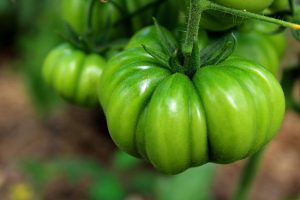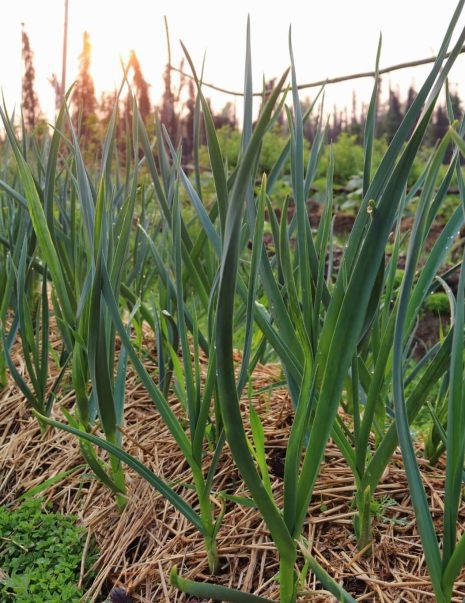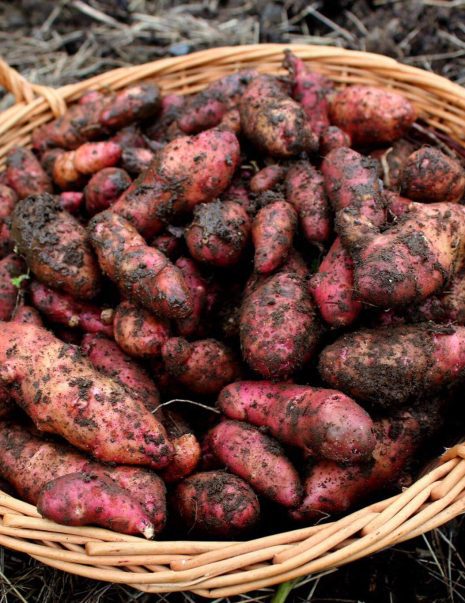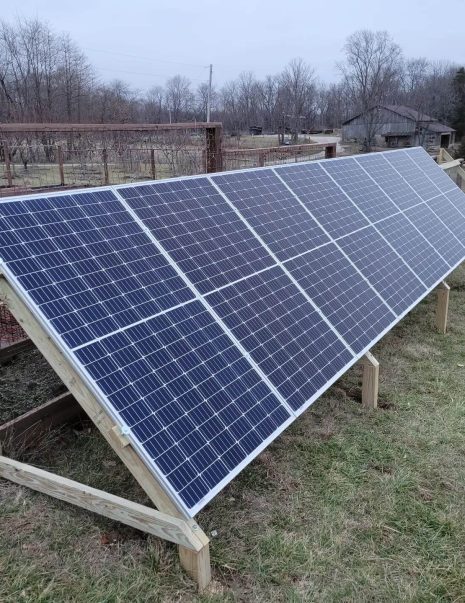Best practice employed – Organic produce Buffer Strips
Organic standards state that organic corn has to be separated from GMO produce by a distance of at least 1800m (6000ft) (yup, that’s a little over a mile!). However, mitigating factors are considered: planting dates, pollination dates, wind direction, landscape features, and other factors can all influence the risk of contamination. The level of risk the grower is prepared to accept is also a factor — if contamination is suspected.
Chemical Free Farming Tips Chemical-free farming, also known as organic farming, focuses on cultivating crops and raising livestock without the use of synthetic chemicals such as pesticides, herbicides, and fertilizers. Here are some tips for… https://t.co/HztFlhsic3
— Maple Garden Farm (@MapleGardenFarm) May 19, 2023
The certifier may require that the grower does PCR strip tests on the crop moving across the field until it consistently tests clean – anything on the outside of the field would have to be sold conventionally. At the present time, there is zero tolerance for GMO contamination in organic crops.
Organic farmers who are considering growing produce can look at their field and crop rotation plans, as well as those of their neighbours to ensure the maximum separation distance possible (asking neighbors to plant their non-GMO refugia in locations that reduce the risk of contamination is another good idea).Make sure you know all the facts as they pertain to your situation before deciding whether something is “impossible” or not!.







